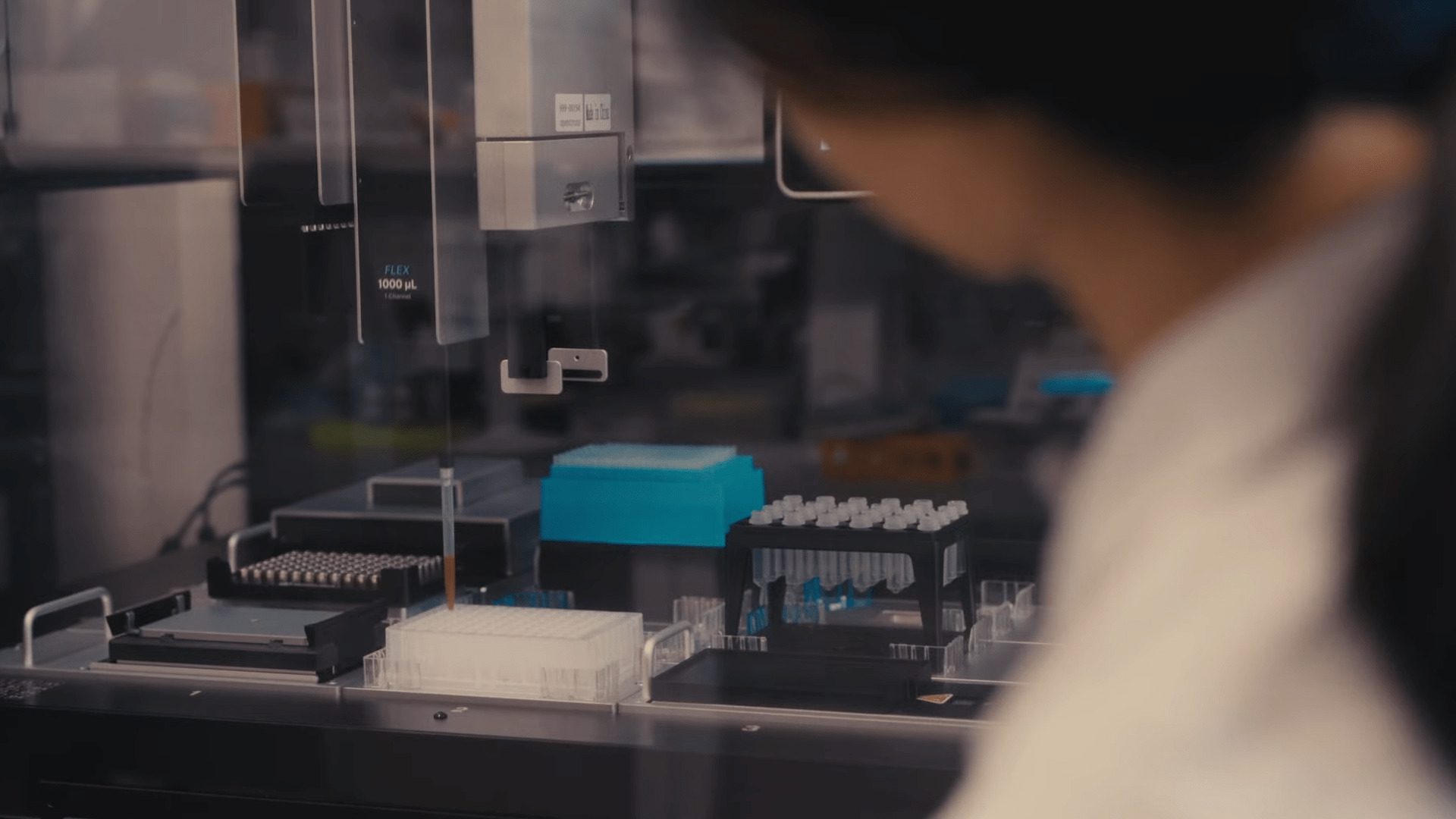
Soil analysis aims to determine the composition, nutrient levels, and potential contaminants in soil samples, offering valuable insights for agriculture, environmental science, and ecology. Through chemical and biological assessments, soil analysis evaluates soil fertility, pollutant presence, and plant compatibility. The data supports land management, sustainable crop production, and environmental safety practices.
Automating soil analysis is increasingly important in environmental science and agriculture as labs work to streamline soil testing workflows. Traditionally, processing soil samples to assess nutrient levels, pH, and contaminants has been slow, manual, and prone to variability, which limits the efficiency and scalability of research. Automation enables labs to perform high-throughput soil analysis with greater accuracy and consistency, accelerating advancements in soil health assessment and sustainable land management.
Automation in soil analysis also addresses bottlenecks that hinder progress in environmental monitoring and agricultural optimization. With tools that automate complex soil testing steps, labs can more efficiently analyze large sample sets and generate reliable data at a fraction of the time and cost required by manual methods. This is crucial for expanding the accessibility of soil analysis, allowing smaller labs to conduct robust soil assessments and enabling larger-scale, iterative research for environmental and agricultural innovation.
If you’re looking to automate soil analysis, check out our NAE Workstation, a fully automated DNA/RNA extraction platform. Automating soil analysis with Opentrons bridges computation and biology, transforming soil sample processing with precision and efficiency. The NAE Workstation can handle tasks such as nutrient extraction and microbial analysis, reducing manual labor and increasing throughput.
Automation helps reduce pipetting errors and ensures consistent results, enabling labs to process large sample volumes rapidly. With adaptable programming, Opentrons’ platforms make soil analysis more accessible, paving the way for broader adoption of biological automation.

The DAMP Lab leverages its expertise to deliver consistent, reproducible, and high-throughput results that can be shared across the scientific community. In their Microbiome project, the DAMP Lab utilizes the Opentrons Flex in workflows for soil sampling, enabling precise monitoring.
Soil analytics tests are essential for maintaining soil health, optimizing crop yields, and ensuring sustainable land management practices. Each test provides specific insights to help stakeholders—from farmers and landscapers to environmental agencies and homeowners—make informed soil management decisions based on their unique needs.
Soil analysis is challenging because soil samples are highly heterogeneous, containing particles and varying chemical compositions that interfere with precise testing. Rigorous pre-processing steps, including drying, sieving, grinding, and filtering, are often necessary to make samples compatible with laboratory instruments, adding time and complexity to workflows. Manual pipetting in soil analysis is particularly demanding due to:
The OT-2 is a bench-top liquid handler designed to be accessible and flexible enough to automate many common applications.
Our team of experts can help figure out if automation is right for you. Book a virtual demo to discuss your workflow needs with an expert.